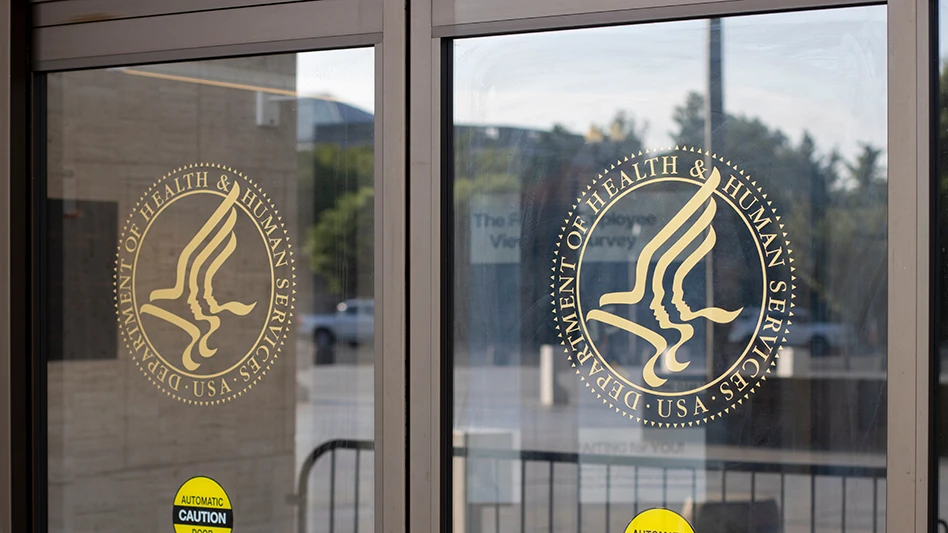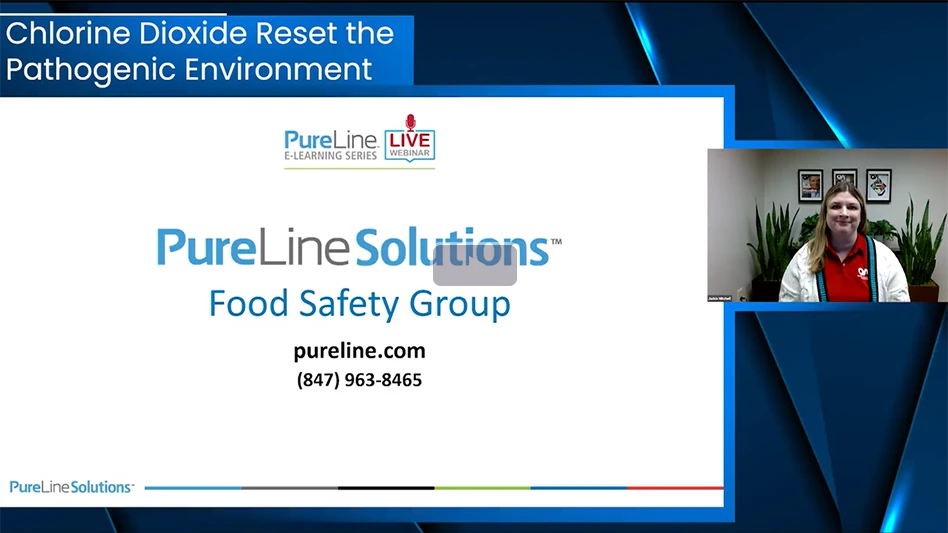

Most food and beverage processing plants use water for some purpose. If you’re handling fresh items, you may need to clean them with water. If you’re handling frozen items, you may want to dip them in water to create a crust to prevent freezer burn. Some manufacturing sites use ice to cool product and to ensure samples remain cold. If you use heat exchangers, there may be hot or cold water on the opposing side of your product.
Everybody cleans and sanitizes their operation, and that usually takes water in some form. And for many manufacturers, water is an ingredient. For a few, water is the only ingredient (think bottled water). To make everything more confusing, there are plants that reuse water, capturing it from one operation and reusing it for some other purpose.
Whatever your facility does with it, have you considered how to ensure your water remains safe?
Bottled water has its own CFR, 21CFR part 165.110, to ensure that it is tested and monitored at the right level. It requires testing for inorganics (metals), volatile organic compounds, pesticides and other synthetic organic chemicals, disinfectants and residuals of disinfectants, and radiological quality. Although most of us don’t need to test our water to this level, we should be concerned about the quality and safety of the water that we use in our plants:
How safe does your water have to be?
How do you define safe?
There can be a lot of questions when it comes to water safety and quality. So, following is my take on what you’ll need to do and know to know enough about water to manage it well.
11 THINGS YOU NEED TO KNOW ABOUT THE WATER USED IN YOUR PLANT.
1. Where does your water come from? A municipal source or your own private well? I recently heard of a plant that has had trouble getting all the water it needs and has had to drill a well. This will mean additional testing for this location to bring the water into compliance and prove the compliance to regulators. In general, water that meets the National Primary Drinking Water (NPDW) status is acceptable for use in food plants. Municipal water normally meets this expectation, so staying in touch with the local utilities group to receive its annual report is adequate proof. If your municipal water does not meet the NPDW status, you will want to understand what additional treatment and testing needs to be performed.
2. Is water reused in your plant? In this case, you’ll want to understand where the water is reclaimed from and what it will be used for. With that knowledge, you’ll have a better idea of the requirements that need to be met.
3. Where and how is water used in your plant? Knowing what you use water for can be key to knowing a lot more about testing, use, treatment, and reporting requirements. Treatment options are too numerous to list, but how you treat depends on what you plan to do with that water. If used as a product dip, disinfection may need to be routine and potentially automated to ensure product is not contaminated with something in the water. If it is an ingredient that receives a lethal treatment, your microbial testing may be different. Understand where and how the water is used, and then determine your needs.
4. Is your water backflow protected? To ensure that unhealthy (untreated, unsafe, or otherwise unfit) water does not get accidentally pulled into your plant or into a usage area, you need to ensure that all your usage locations are backflow protected. In many cases backflow protection is a legal standard. GFSI schemes also require protection from contamination.
5. Do you need to identify all the water lines in your plant? Usually, it is not required that you identify all water lines in the plant. However, if you have reclaimed water piped around the facility, it may be legally required. Best practice is to identify every line (with the direction of flow) to ensure that piping can be traced and potential cross connections can be located and corrected.
6. What rules are there for water, and which apply to your plant? This is always tricky to answer. Best I can tell you is to read the regulations that govern your facility (dairy plants read FDA’s Pasteurized Milk Ordinance; meat plants read the USDA FSIS regulations) and ensure you understand them. It is wise to also locate and understand state, county, and municipal rules so that you’re doing things right by these rules as well. If you are certified under GFSI or any other standard, ensure you understand those rules and how they apply to your plant. I find it is best to involve a group or team to find, read, and understand these.
7. Should your water be disinfected? As mentioned earlier, water that comes in contact with product as a wash or dip will need to be disinfected in some manner. Even water that gets a lethal treatment for pathogens may need to be disinfected prior to use. As a prudent manufacturer, you’ll want to know the level of safety you desire and how to best achieve that. This may mean chlorinating the water with an automatic dosing system. It also may mean filtering the water to remove solids and then treating with a disinfectant. Be aware that overtreating may result in product being contaminated with the disinfectant which is just as bad from a quality and food safety standpoint.
8. What microbial testing do you need to perform? Knowing the answers to the previous questions will help with this. Once you know your water source and usage, you can determine where microbial testing may be needed. You may need to test for indicator organisms (coliforms) or total plate count depending on the use.
9. What chemical testing do you need to perform? Knowing the source and use also helps decide this. Some water may be high in a chemical constituent (e.g., water from a municipal source that has not removed enough of a metal), so you’ll need to treat the water and test for that constituent. Being aware of the rules, as well as what your expectations are for the finished product that may contain that water, will help you understand if any testing is needed.
10. What records do you need to keep? The real question here is “How will you know when something is not normal?” You’ll need to have some testing program so that you will know how your water program is holding up. It also provides you with a history of success or failure. The records of this testing are needed to assure regulatory compliance as well as to better define “normal.” You get to decide what records you need to achieve these two goals.
11. How often should you have your water tasted? Every day. Really! Tasting water will let you know a lot of things about it. I don’t recommend tasting “raw” (untreated) water, but tasting water used as an ingredient is valuable in knowing how it will affect your product. Get a taste panel together and start this soon.

Explore the June 2017 Issue
Check out more from this issue and find your next story to read.
Latest from Quality Assurance & Food Safety
- Kim Heiman Elected to Second Term as President of Wisconsin Cheese Makers Association
- FAO Launches $150 Million Plan to Restore Ukrainian Agricultural Production
- Pet Food Company Implements Weavix Radio System for Manufacturing Communication
- Penn State Offers Short Course on Food Safety and Sanitation for Manufacturers
- USDA Announces New Presidential Appointments
- FDA to Phase Out Petroleum-Based Synthetic Dyes in Food
- IFT DC Section to Host Food Policy Event Featuring FDA, USDA Leaders
- CSQ Invites Public Comments on Improved Cannabis Safety, Quality Standards





